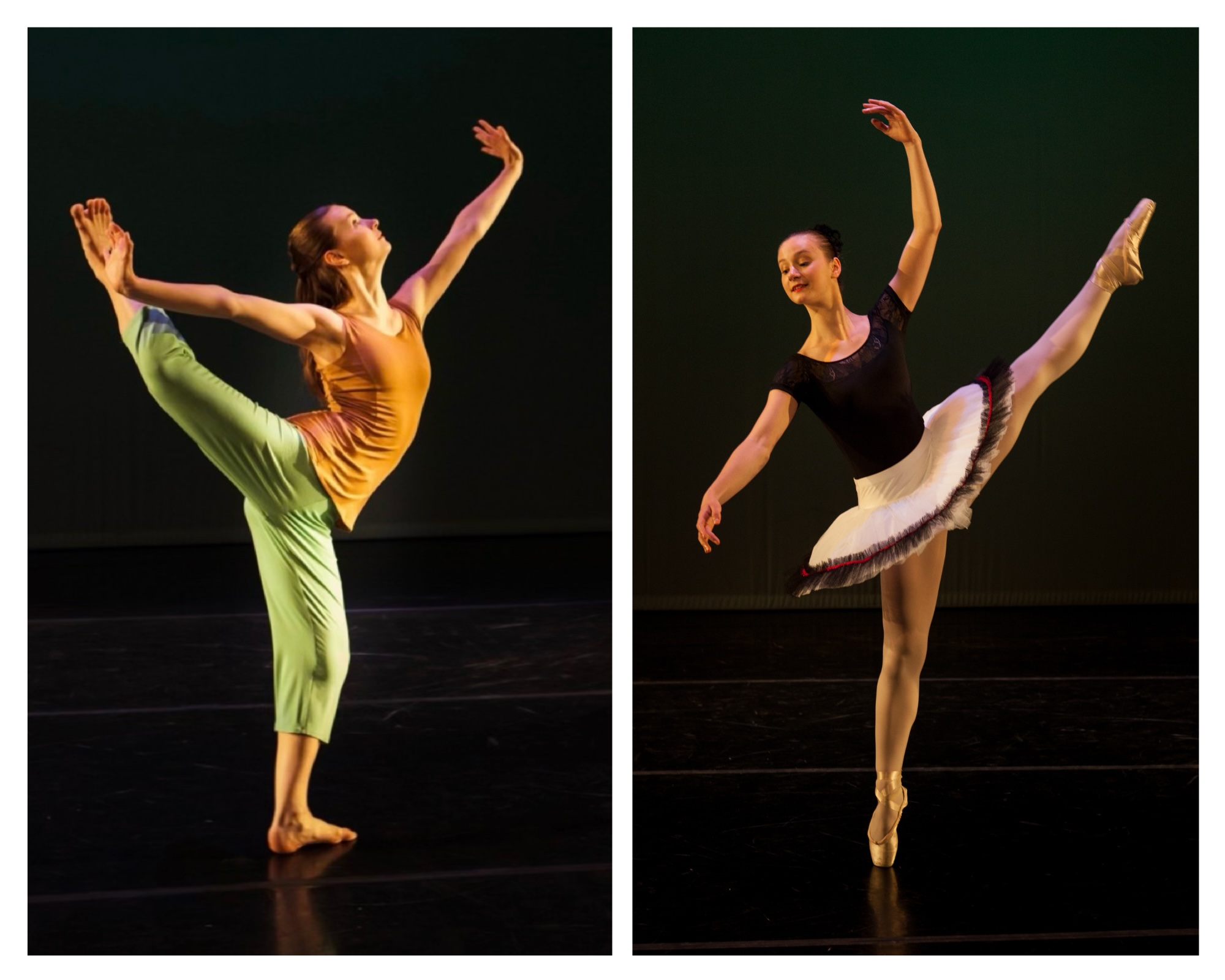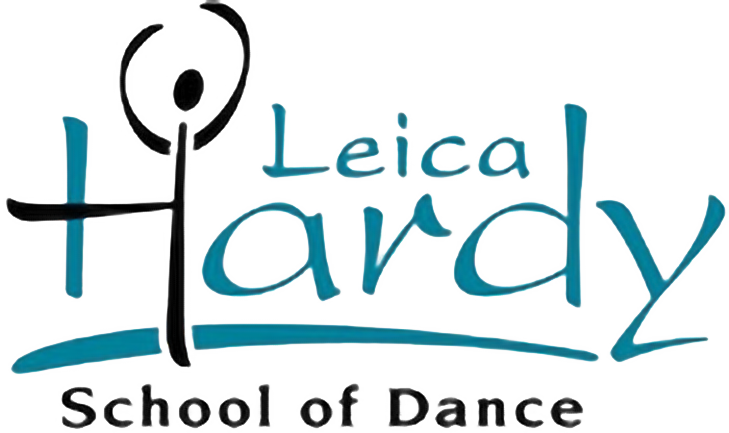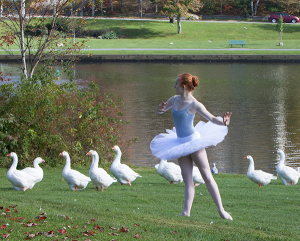
Any discussion of technique is often complicated and can be dependent on your artistic taste and goals. What may be a technical goal in one dance idiom may be of no interest in another. For me, the ultimate dancer is a chameleon. They can adapt to differing styles and artistic goals with ease, while looking comfortably at home in themselves at all times. So what actually is dance technique? Is it form or function?
What is technique – form or function?
The Purpose of Technique
Evolved technique will create high levels of habitual skill coupled with ease and efficiency in the dancer. There are also artistic and aesthetic considerations that include line, musicality, quality of movement and one of great importance, artistic expression. We are not merely practicing a physical skill, but an art form. Dancing looks natural and easy on the skilled dancer; it is not artificial or contrived. Their technique gives them the freedom to express themselves in the millions of possible ways a choreographer can envision.
Good Technique → Efficiency → Ease Of Movement
Dance And The Laws Of Nature
Our anatomy is our anatomy, gravity is gravity, physics is physics. The reality of the laws of nature rules the day. No matter what type of dance technique or style you are studying, these things don’t change. Therefore, I propose that what works well for that particular dancer in one technique or style should work for that dancer for any other technique or style. Their technique must be neutral, easily accessed, purposeful for all types of movement, and work well for the anatomical nuances of the individual dancer. The rest is merely a layering on of style, as required by the aesthetic needs of the choreography.
Our anatomy is our anatomy, gravity is gravity, physics is physics.
In Part Two of this three-part topic, I continue my discussion of style, versatility and how sound habitual technique builds the dancer’s instrument.
Photos of Lucie Schmidt by Cathy McKelvey.
_________________________
About the Author
Leica Hardy is a nationally respected master dance teacher with over 45 years of experience, known for her inspiring instruction and dedication to excellence in classical ballet and contemporary dance. An Honorary Doctor of Fine Arts and co-author of the Society of Classical Ballet’s 14-level syllabus, she has mentored students who have gone on to study and perform with leading dance institutions and companies across North America. See Leica’s full bio here.
Subscribe
Subscribe to Words To Dance By joining our mailing list. Please use the button in the sidebar to send us a message.
Copyright
All content on this blog is original copyrighted material, unless otherwise stated. Content on Words To Dance By may not be reproduced in any form without written permission from the author. We welcome the use of links to the original posts on this site. Correctly cited and attributed quotes or short excerpts are welcome and appreciated.

